If you are planning to buy or you are a time user, you might probably ask yourself “what do the numbers on binoculars mean?” Try to check the binoculars, there are numbers written on it. Before using your optics, aside from knowing how to use it, you must also know what are these numbers are for.
Before purchasing your pair of binoculars, knowing what these numbers mean is crucial. In fact, these binoculars numbers represent significant information about your optics, which will help you to determine if the model you are going to buy is good for you and suit your standard.
And that is this article will discuss to you— what do the numbers on binoculars mean. But to give you a hint, those are about binoculars magnification numbers and objective lens diameters.
Table of Contents
What is Binoculars Magnification?
Technically, the magnification number on binoculars is the quotient of the objective lens’ and eyepiece’s focal lengths.
Binoculars magnification is usually described by a set of numbers written on your binoculars. That is what the binoculars numbers mean. You can possibly see 7×50 or 8×30 written on the body of your binoculars.
The first digit you see represents the binocular magnification number. It describes the quality of your binoculars magnification or “power.” This tells the capability to which the object focused is enlarged or magnified. For a specific example, if the first digit on your binoculars numbers is 7x, it means that you can view the object in focus 7 times closer than when you see on using your naked eye.
But then again, binoculars offer variable magnification. There are times you can spot binoculars magnification numbers of 5x to 8x. Usually, binoculars having these digits are what we called zoom binoculars. Meaning, it only magnifies the focused object 5 times or 8 times than when you view using your naked eye. This type of magnification is not suitable for viewing heavenly objects because of its inferior optical quality.
If you get to see binoculars numbers with the first digit 7x to 12x, most likely that you can’t hold your optics steady enough with the tendency to make your view blurry. Hence, you can use a tripod or image stabilizing binoculars as a solution to this problem.
Why Is Binocular Magnification Important?
As mentioned earlier, binocular magnification numbers tell the capability of your optics to magnify or enlarge your focus. When buying a pair of binoculars, try to check the magnification power and see how many times it can magnify an object.
In fact, most binoculars today have binoculars magnification number of 8x to 10x. For example, if your binoculars first number is 10x, it will let you see an object whose 1000 yards away appear like it were only 100 yards away.
Though you can view objects much closer than their actual distance, you need to use a stabilizer to come up with a steady view and free from blurry images.
Considering the binoculars magnification numbers is a good way to see if you are choosing the right one for you. You can go for a higher magnification power or you can pick the lower one, greatly depends on your preference.
What Is The Objective Lens?
Since you already know the meaning of the first number on your binoculars, the second digit represents the objective lens diameter. While binoculars really look the same, it differs when it comes to specifications. Binoculars have different types of objective lenses. What are these objective lenses?
The objective lens is the one responsible for collecting light for your binoculars. They enable you to view an object in a high-resolution observation. Usually, the objective lens is made of two glass elements—the crown and flint elements. This will allow your binoculars to image objects, which is free from false colors through refractive specifications of objective lenses.
Besides, an objective lens can give you an understanding of how physically big your binoculars along with how much light it can collect. For example, your binoculars numbers are 8x 42mm, it means that the objective lens diameter is “42” (in millimeters).
Why Objective Lens Is Important?
Considering the diameter of the objective lens has a key role in your viewing. It tells how much light your binoculars can gather to provide you a clear and pristine image object. If the objective lens diameter is larger, the image could be brighter.
Moreover, the higher the objective lens diameter, the more it is suitable for viewing astronomical objects. Since celestial elements mostly appear very dimly, with a larger objective lens, you can have a clear view of the objects.
When it comes to objective lenses, the bigger the diameter, the brighter the images you could see. Usually, binoculars have 35mm and 50mm objective lens diameter. Comparing 7x33mm and 7x50mm, you must go with the latter. Even they have the same binoculars magnification numbers, the objective lens diameter differs in which 50x is much bigger than 35x.
Understanding Other Binoculars Terms
If you are not that familiar about different terms when it comes to binoculars, here is the detailed meaning of other terminologies and what they can do to your object viewing. To get rid of confusion, especially if you are a beginner, here are some binocular terms you need to understand.
Exit Pupil
The exit pupil represents the number, which results from dividing the objective lens diameter with the binoculars magnification number.
Exit pupil represents the beam of light leaving the eyepiece when you are holding the binocular focusing the objective point towards the light source. For instance, the binoculars numbers are 7x50mm, and then the exit pupil will be just over 7 mm in diameter.
The ideal size of the binoculars exit pupil is just as equal as or a bit smaller than our eye pupil. In this way, the binoculars will deliver a maximum amount of light while producing the brightest possible image for its objective lens.
Field of view
The field of view refers to the sky or land seen when you see through your binoculars. It is shown in two ways—in feet or in degrees.
If the field of view is shown in feet, then it’s linear, but if shown in degrees, it’s angular. Do not be confused with these two since you can convert it easily, it will be like this, the linear field divided by 52.35, and the answer would be the angular field.
Most of the time, the field of view is written in degrees on the outer part of the binoculars. The average value ranges from 5 to 10 degrees or about 260 to 520 feet.
If you are into astronomy, a wide field of view is necessary. When the field of view is wider, the wider your viewing experience will be. In other words, you can get to see a much wider view of your binoculars have a wider degree of field of view.
Eye Relief
Eye Relief allows near-sighted or far-sighted users to view the image without affecting their eye defects. In short, if you have any of these eye defects, you can remove your glasses yet still view the image accurately and clearly.
But for binoculars users with astigmatism, they should still wear their eyeglasses to get a sharper view. In this case, using a longer eye relief is useful for those who are wearing glasses.
Generally, the longer your eyepiece focal length, the greater could be the eye relief. For standard binoculars, the eye relief ranges from a few millimeters up to 25 millimeters or more.
Lens coatings
The lens coating helps to remove glares and allows light to the optics as much as possible. If you would notice a glare coming off the water while you are viewing the lake, it means that your binoculars have no lens coatings.
The best lens coatings might be pricey but it will surely give you a brighter and clearer view.
Here are different types of lens coatings:
- Coated refers to a single layer of coating at one lens, at the very least.
- Fully coated refers to a single layer of coating but it starts from air then to glass surfaces.
- Multi-coated refers to multiple layers of coatings at one lens, at the very least.
- Fully multi-coated refers to multiple layers of coating starting from air then to glass surfaces.
How To Choose The Right Binoculars Numbers On Specific Uses?
If you’re going to use your binoculars on specific purposes like bird and whale watching, stargazing, or any other primary purposes; you probably are asking yourself what binoculars magnification numbers you should consider. As you may know, the binoculars numbers indicate the specification of binoculars, so checking them first is the first thing to do before purchasing one.
What should you use for backpacking and hiking?
In this activity, compact and light binoculars are your must-use optics. Generally, a binoculars magnification number of 8 or 10 and an objective lens of about 28 mm is a wise choice.
For example, you can look for binoculars numbers of 8×25, 10×25, 10×28, or 8×28. Whichever of these numbers you choose, you will surely get a view you really deserve
What should you use for bird watching?
If size and weight do not matter to you, using medium-sized or full-sized binoculars models are a perfect choice. When looking for a binoculars numbers for this kind of activity, you can pick between 8×32 and 8×42.
These binoculars magnification numbers are very popular for bird watchers. Well, using 10x magnification power is good, but using 8x magnification is good too for a wider view of the field, which is the key to locating birds.
What binoculars numbers to consider for stargazing?
When it comes to stargazing or watching heavenly objects, you might want to maximize your binoculars magnification. 10×45 and 10×50 is your best option.
You can go higher but make sure you have a tripod to hold your optics steady to avoid blurry view.
What to use for wildlife or safari viewing?
For this kind of activity, the tendency is you are slightly far from the animals. In this case, go with a higher binoculars magnification numbers. Your options include 8×32, 8×42, 10×32, and 10×42. Much better if you will go for 10 rather 8.
When it comes to the objective lens, consider using a medium-sized diameter, which is a little compact. its recommended to use 32 millimeters than 42 millimeters, but you can use either of the two.
What binoculars magnification numbers to look suitable for paddling?
Going into the water like kayaking, canoeing, or whale watching in the boat, you do not need to use higher binocular magnification. You can use 8 or less since using 10 could steady view challenging.
Final Thoughts
Hopefully, you would find this article helpful in finding out what do the numbers on binoculars mean. Now you know what those represent, you can be able to choose which binoculars number you should look for when buying your optics.
To do a quick recap, remember this:
- The first number you see on binoculars indicates the magnification power.
- The second number next to it the objective lens size in diameter.
By looking at these numbers, you can get to know how clear and wide the view of the binoculars will be. You can determine how much it can enlarge or magnify an object and how brighter the image will be seen.
But note that, these numbers are not the whole summary of the binoculars specification. Binoculars numbers are just a guide for you to know what they can provide for you. Before buying a pair of binoculars, try to determine what kinds of activity you will be using that often. In that way, you can tell what binoculars number or binoculars magnification numbers to look for.
Besides, bigger is not always better. Yes, higher binocular magnification is good but not for all activities. Just to give you a recommendation, an 8x or 10x binoculars magnification number are ideal for most uses. If you will go for higher binoculars numbers, there is nothing wrong with it but it might spoil your daily viewing experience.

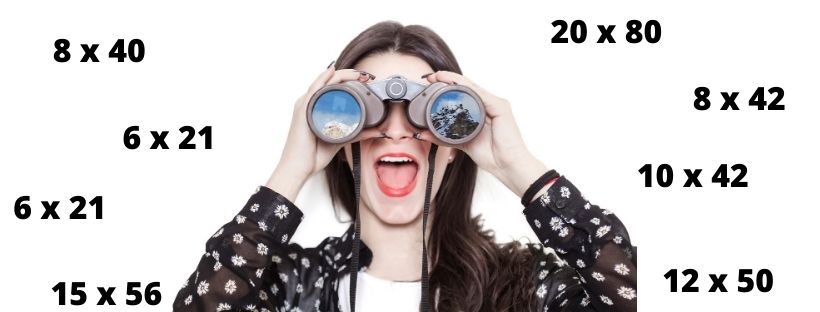
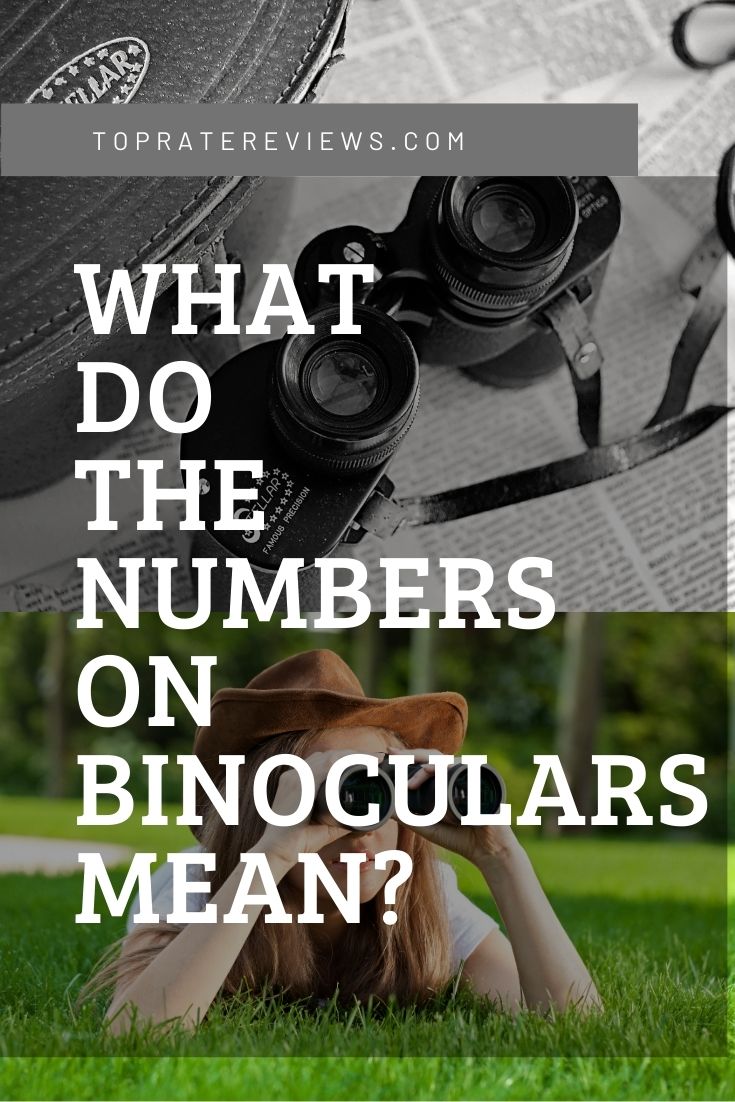
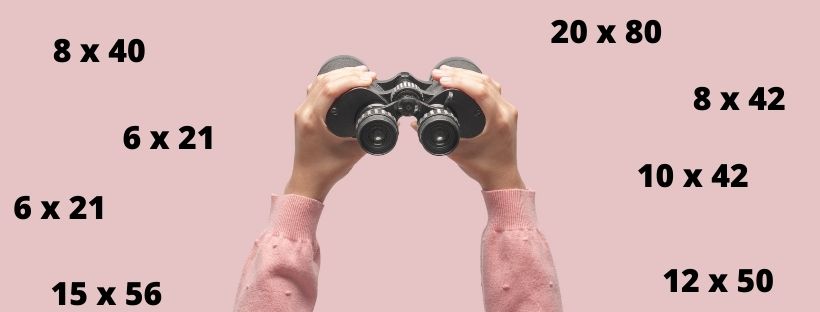
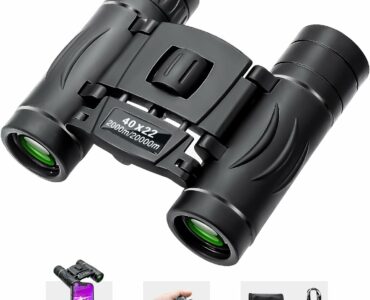
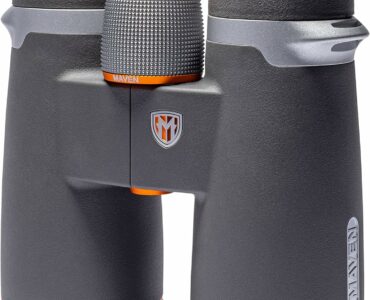
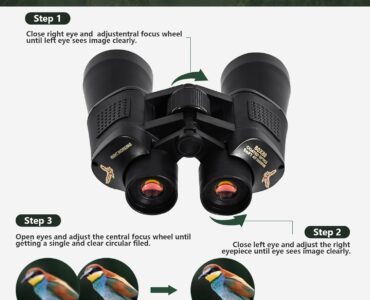





Add comment